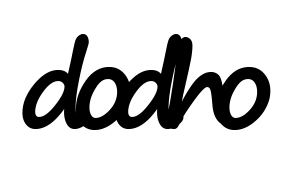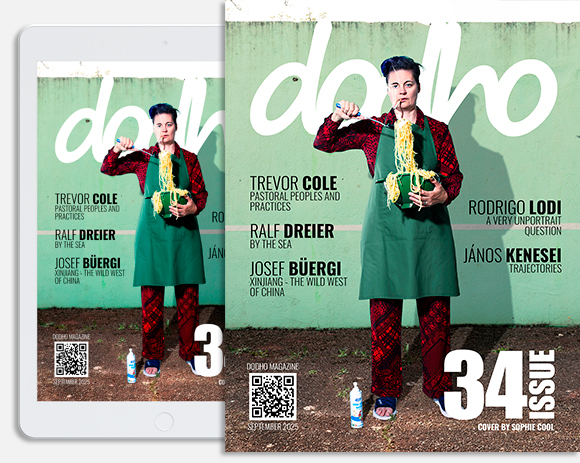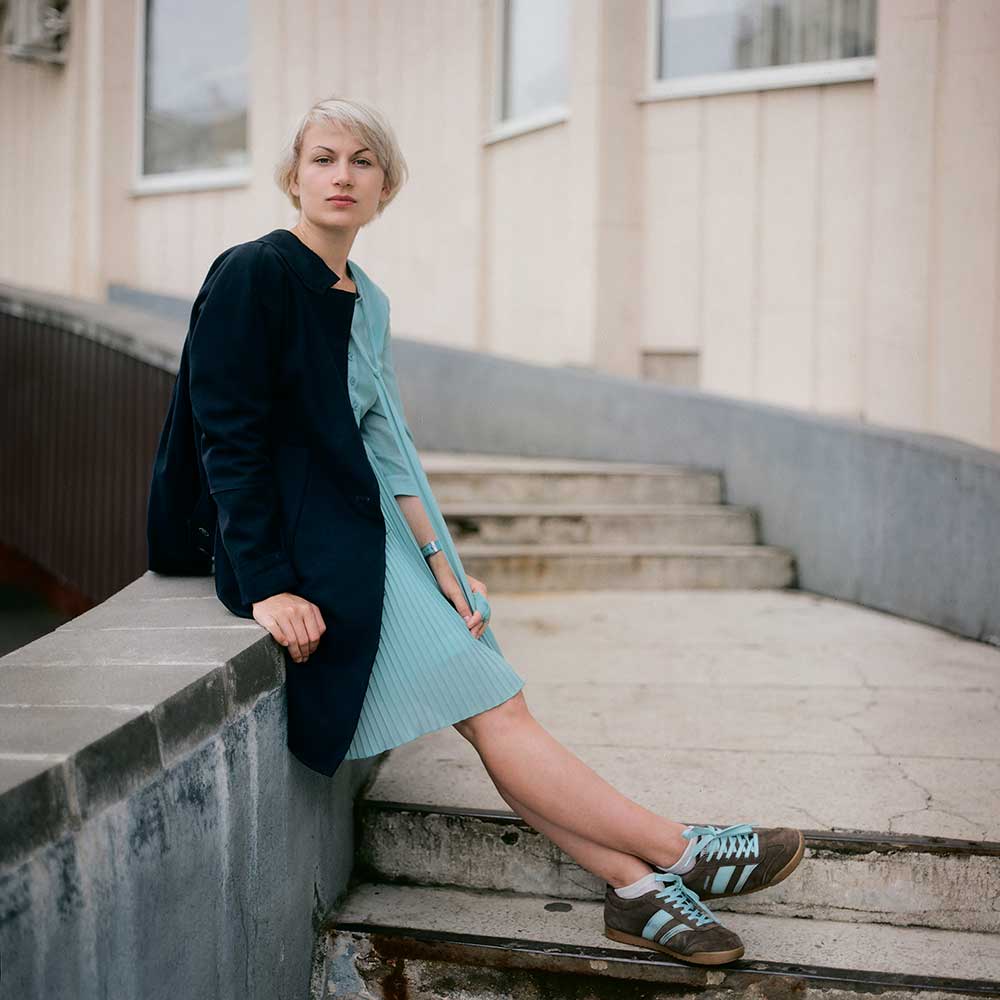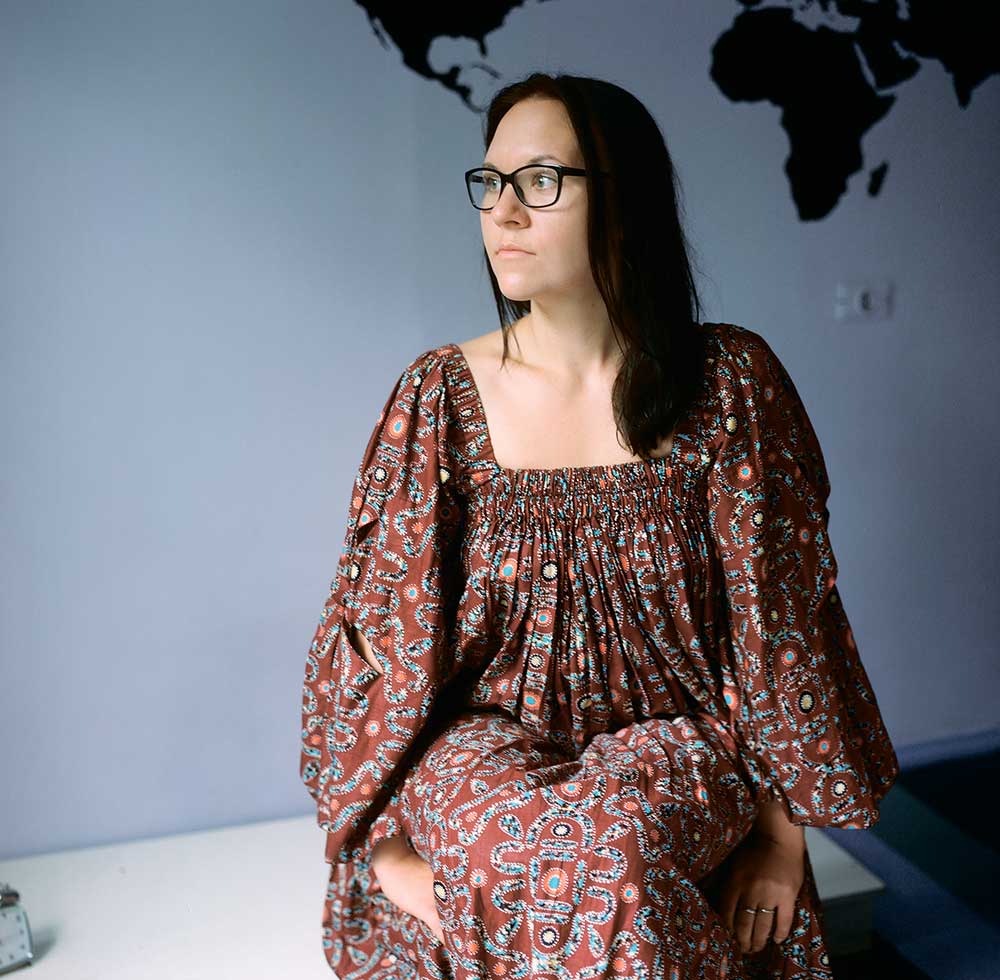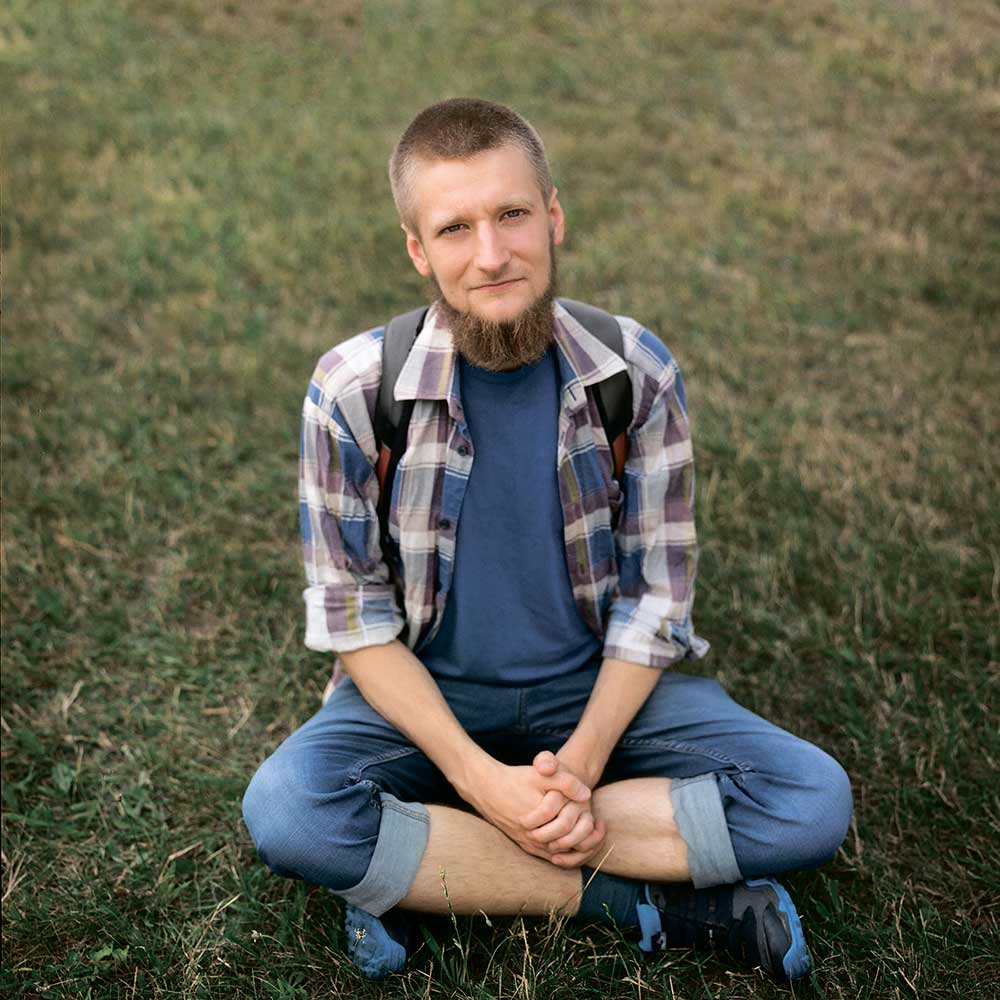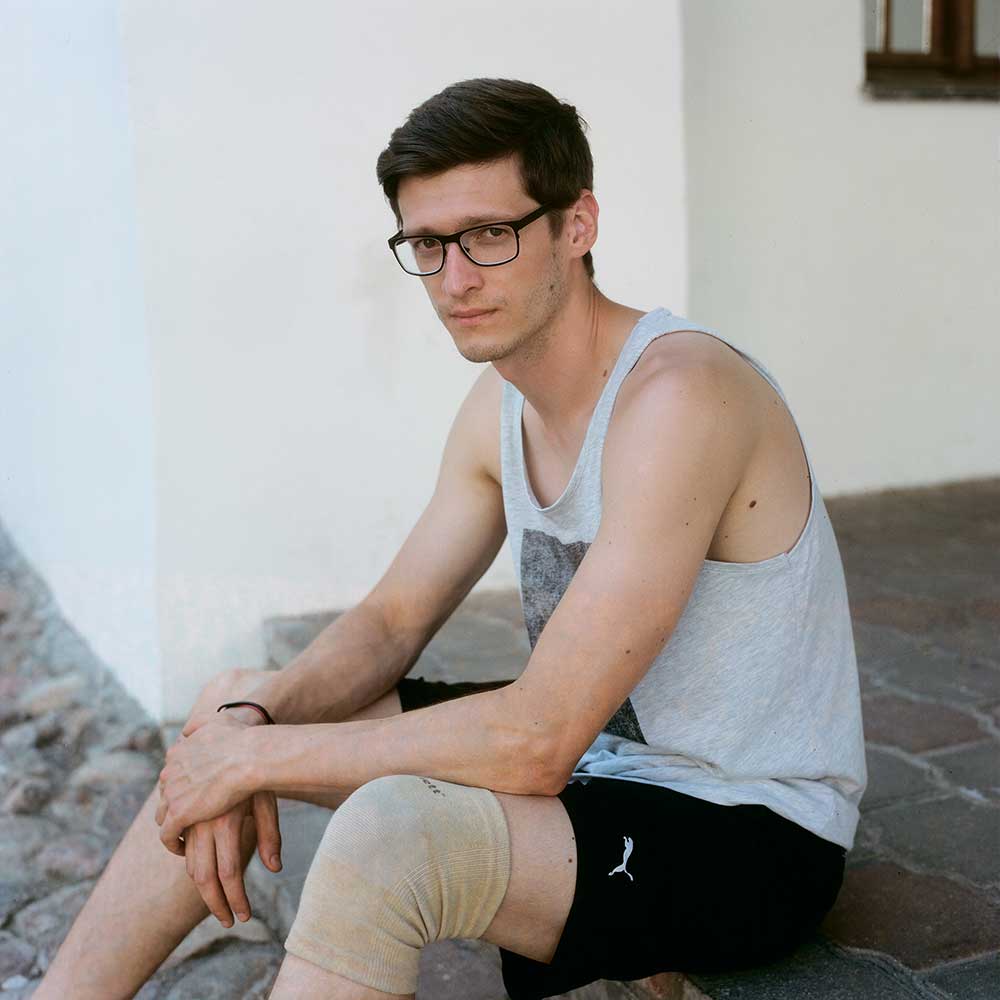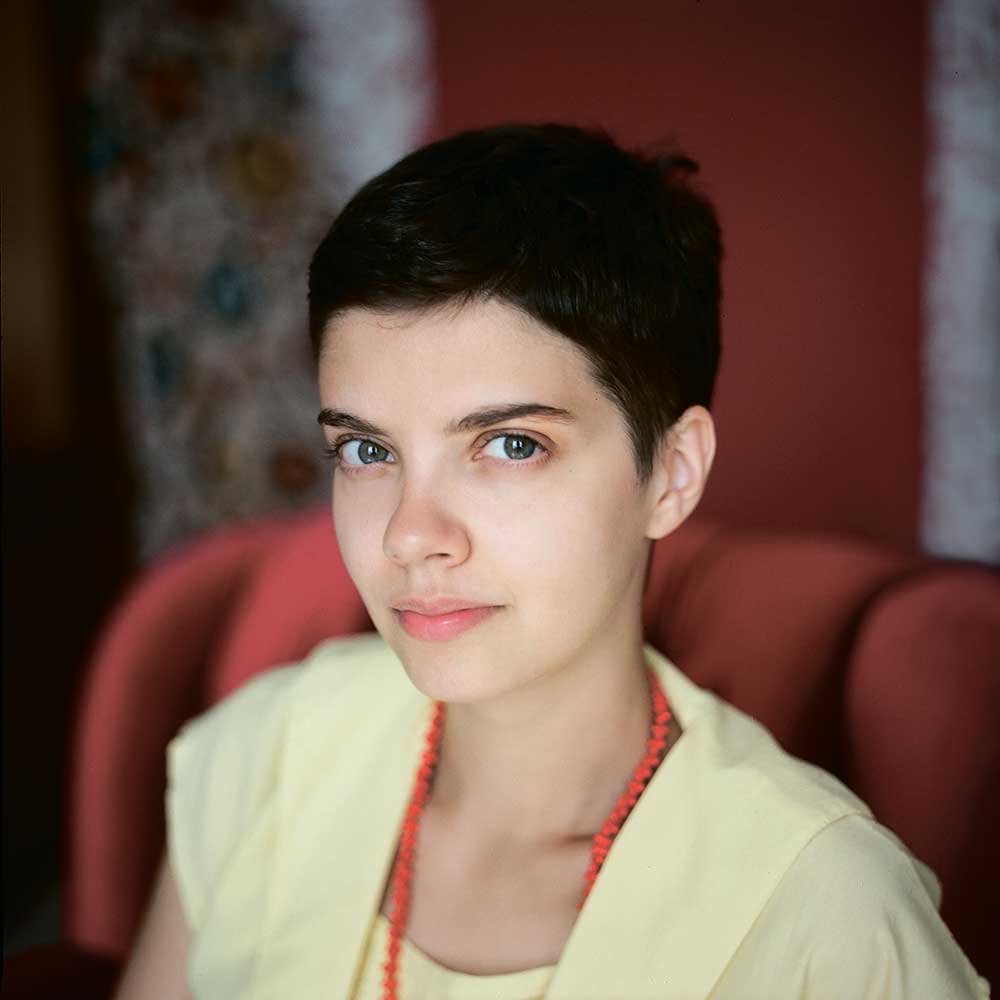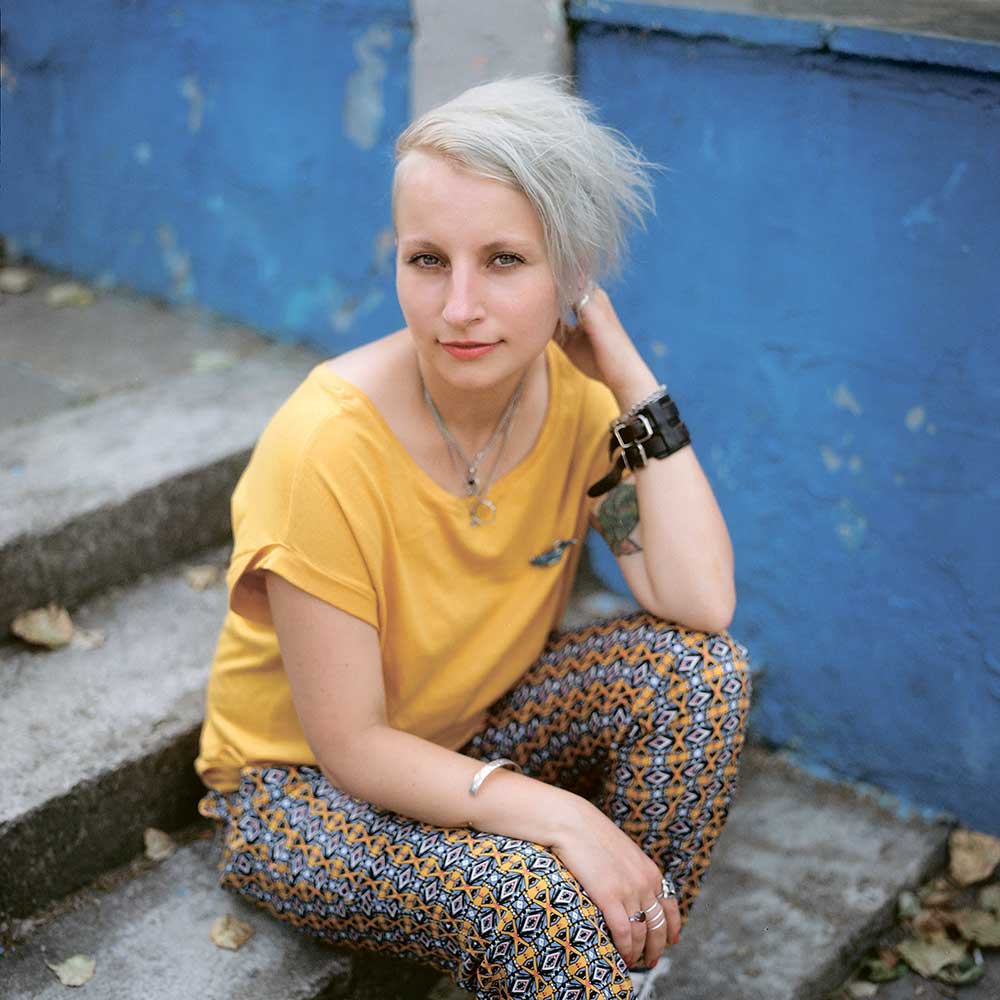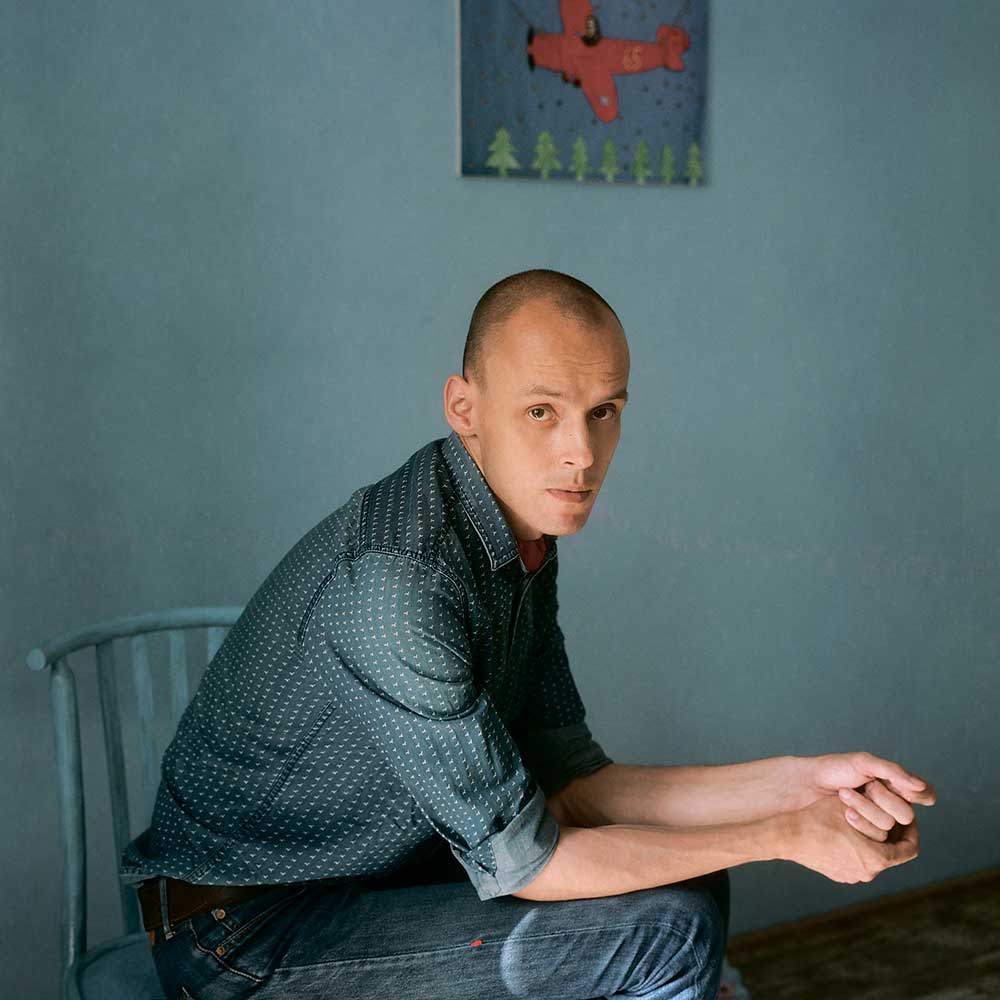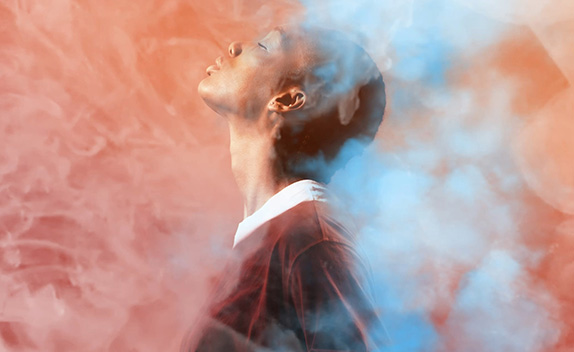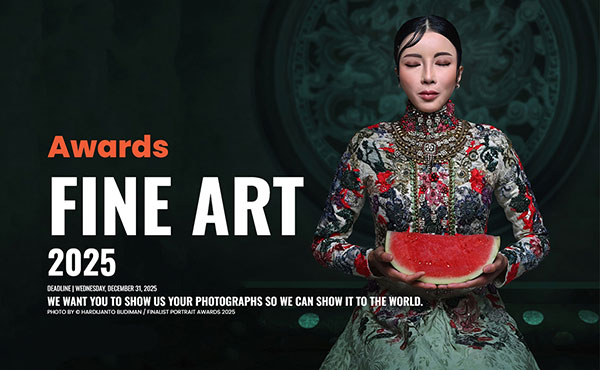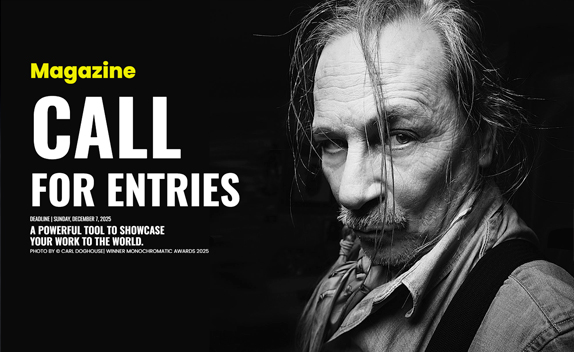“Choice” is a photobook created by Inga Makeyeva and Kamila Dąbrowska that explores the impact of consumerism and sustainability. Through a carefully curated series of images, the project invites reflection on consumer culture and encourages more conscious alternatives.
Developed within the Polis(h) Photo Lab, it received support from various organizations and guidance from renowned photography professionals.
The project took shape in 2016 as part of an international collaboration between photographers from Belarus and Poland. Throughout the process, both artists blended their visual styles to create a cohesive narrative highlighting the human connection to materialism. While Inga captured intimate moments and decaying objects, Kamila introduced visual contrasts and subtle storytelling. Their shared passion for medium-format photography and portraiture allowed them to build a compelling and expressive project.
The photobook breaks away from traditional formats, adopting a leaflet-inspired design reminiscent of propaganda flyers, reinforcing the message of conscious decision-making. Through portraits and personal stories, it presents individuals from Belarus and Poland who have embraced anti-consumerist lifestyles. Its impact has been recognized in cultural spaces, with presentations in Minsk, Warsaw, and the TIFF Festival in Wroclaw.
“Choice” marked a significant milestone in the careers of its creators, establishing them as photographers engaged in exploring social and environmental issues. Its innovative approach and conceptual depth have inspired audiences to reconsider their relationship with consumerism and sustainability. [Official Website]
Paula
For the kid’s birthday she gave the little one a voucher for a family cycling trip. She finds herself annoyed at the consumerism of children surrounded by expensive toys, always wanting to get more. New gifts quickly lose their charm and end up forgotten in a dark corner. “Maybe it’s better to give someone your time?”
Sebastian
He serves only the best coffee. According to him, good coffee is coffee produced without exploitation. It has a fair trade certificate and is grown ecologically. He found a source of such coffee in Sicily. He buys a blend of Arabica and Robusta. Sebastian explains that in Poland people usually drink 100% Arabica. Growing Arabica requires a significant supply of water and as such is the opposite of eco. Arabica grows best when shaded, but it is often grown in warm and sunny regions of Africa. Then it requires a lot of water. Growing Robusta is easier as this variety likes the sun. “A well-proportioned blend of Arabica and Robusta coming from the right sources gives sophisticated coffee.”
Noe
“A clown does what he feels, not what he thinks.”
Noe is a clown who helps others find their clowns. When on stage he does not make people laugh, as a circus clown would. He is much closer to the emotional Pierrot. When Noe acts he does it from his heart. He likes to say that he does “not think about fame or money” and so he doesn’t have to act the way the audience would expect him to.
Monika
Once she decided to find out if it’s possible to live a month on just PLN 100 (approx. €25). She ended up spending only PLN 15 and she ate “very tastefully” – as she puts it. She found products that don’t expire and those with long expiration dates in nearby garbage containers. She received fresh vegetables from the owner of a local greengrocer’s. After opening hours the owner would give away to the needy what she wouldn’t be able to sell the next day.
While going through garbage she met homeless people. She was surprised to see how willing they were to share what they found.
Alicja
One day she found a bag of tomatoes and two well-packed pieces of cheese in the garbage. She took the tomatoes without hesitation. She had to think about the cheese. Stored outside a fridge they can become dangerous. She took the risk. The cheeses turned out perfectly fine.
Almost a half of Alicja’s food comes from the garbage containers of a nearby store. She would like to meet a group of freegans in Warsaw, so that they could look for food together and share it.
Witek
“Owning is just an illusion of safety.”
He says his occupation is life. Several years ago he was like most of us: family, corporate job, mortgage. It all started when he bought a camper to spend the nights at a garden plot. Soon he realised he felt “better than good” in it. Soon he moved into the camper for good and his cost of living fell so low, he could almost say goodbye to work. He gained time.
He is always on the road, camping mostly in cities. He uses their infrastructure. He writes about it on his blog “kamper w mieście” (EN: camper in the city).
Alessia
She founded the first charity shop in Belarus: “KaliLaska”. She believes that things are made for sharing. What is broken should be fixed and given to friends or to charity. As for food – unpackaged products should be given priority and throwaway plastic bags should be replaced with eco-friendly bags. Generosity is the easiest way to balance excessive consumption on a global scale.
She spends the money she has left on travels and she recommends that to everyone. From London, she brought her idea to establish a charity shop where people can leave things they don’t need so that they can be sold and the profit can be spent on social causes. And this is not just a “shop for the poor”: 70% of the British society visits such places. Buying previously owned goods is common practice in the UK.
Inna
Reducing consumption requires three elements: the will to live a conscious life (as opposed to the typical scenario), ecological education, and passing a test of character – living with scarce resources. When she participated in a workshop in non-formal ecological education she started to believe in the theory of small deeds. She explains her decision to choose an anti-consumption lifestyle with her concern about the environment, respect towards workers, and dislike for living according to the tricks of marketers.
In recent years she replaced ready-made cosmetics and domestic detergents with eco-equivalents. Instead of shower gel and makeup removers, she uses pine tar soap. She chooses porridge and coffee for peeling and oak bark decoction for hairspray. She exchanged domestic detergents with mustard, soda, and soap nuts. She buys makeup products from local manufacturers (and only chooses those that weren’t tested on animals). She takes part in clothes exchange events. She reuses a number of materials: she washes shopping bags and collects wastepaper. She chooses local manufacturers over huge corporations. She supports small businesses and is especially willing to buy from pensioners selling goods in underpasses.
Inna’s main piece of advice: Approach information with criticism and choose an individual lifestyle, most pleasant for you.
Kiril
He works in the ecological association “Green network”. He coordinates projects for a social campaign “Urban forester”. He is a cyclist and an eco-activist. He rides his bike all year round. He planted more than 500 trees. He organises holidays as well as useful recreational events. He supports simplicity and minimalism.
He wants us to remember that everything is connected: “You left a plastic bottle in the forest? Pieces of plastic will find their way to the food chain and groundwater. You won’t even notice when they will return to your table”.
Reasonable actions fill life with deep sense and have a positive impact on the environment, which we are part of. “There may be neither good nor evil, neither good nor bad deeds, but there is something that can motivate you to develop yourself and get to know yourself better, or the opposite. I would call the first phenomenon ‘good’ and the other ‘evil’. So do only good.”
Aleksey
He doesn’t find consumption abnormal. It becomes abnormal when it goes beyond reason.
“Many people don’t care what happens with their garbage once it’s out of their homes. The area of responsibility sometimes ends right behind their door. In reality, garbage doesn’t disappear. It is asymmetrically accumulated in the peripheries of cities, destroying landscapes and contaminating our biosphere”.
Aleksey believes that understanding this fact gives clarity of mind and makes people reach minimalism on their own. To begin with, one should get rid of redundant things. But they shouldn’t be just carelessly thrown away to waste dumps. Instead, we should try to pass them to new owners. The next step is to shop mindfully. The thought emerges that it’s better to spend money on a good, durable, maybe even expensive thing than something cheap, but of low quality. In the next step, we set ourselves free from attachment to objects, accumulation, the urge to drag another travel trophy home. It becomes clear that we don’t have to store memories in objects – we just need to try to live important moments in life with our simple presence.
He disagrees with the idea that minimalism is just about getting rid of useless things. It is also about letting go of pointless activities and hopeless relationships.
Tanya
Tanya is wearing clothes around 20 years old. She found the jeans in a family summer home. She got the blouse from her mother-in-law. She took the bead necklace from her parents’ house. She likes to express herself through clothes and she owns quite a lot of them. But half of her wardrobe is filled with second-hand things and items found in the homes of family members. She tries to reduce consumption to a minimum and she motivates others to do the same. She organises “free fairs” in Vitebsk. People can bring redundant things and take things they need – for free. She donates things left after such events to the Red Cross, and those less suitable – to an animal shelter.
She sorts waste. Three years ago she stopped eating meat.
Christyna
She works for a website about ecology. It is related to her lifestyle and interests. For the last 6 years, she has been trying to live according to the rules of ecology and to treat the natural environment with care.
She is a vegan and waste sorter. She doesn’t buy redundant things or clothes. She never goes to a store without a shopping list.
She donates redundant clothes and some other items to social centres, shelters, and fairs. She also tries to teach her family to consume mindfully. Her parents already sort waste, turn leftovers into compost, and save electricity and water. But it still doesn’t work with clothes…
Alexander
He isn’t sure if he can call himself a minimalist or anti-consumptionist. He likes reliable things and that is why he finds it appropriate to buy handmade heavy-duty American shoes for $250 a pair. He knows that with time they will look only better and their sole won’t break in 6 months. Choosing exhausts him so he prefers to only choose once. As long as Levi’s 501 can be bought on eBay, he doesn’t have to wonder what he’s wearing next year.
“What’s the point of buying items from the new collections by Zara, H&M, and other mass-market companies, if shops with military outfits sell great things like a 1960s–1970s Bundeswehr jacket. A perfect matching shirt can be bought in every department store in Belarus. It’s not about the price. It’s about honesty. This may seem boring, but it gives me freedom.”

